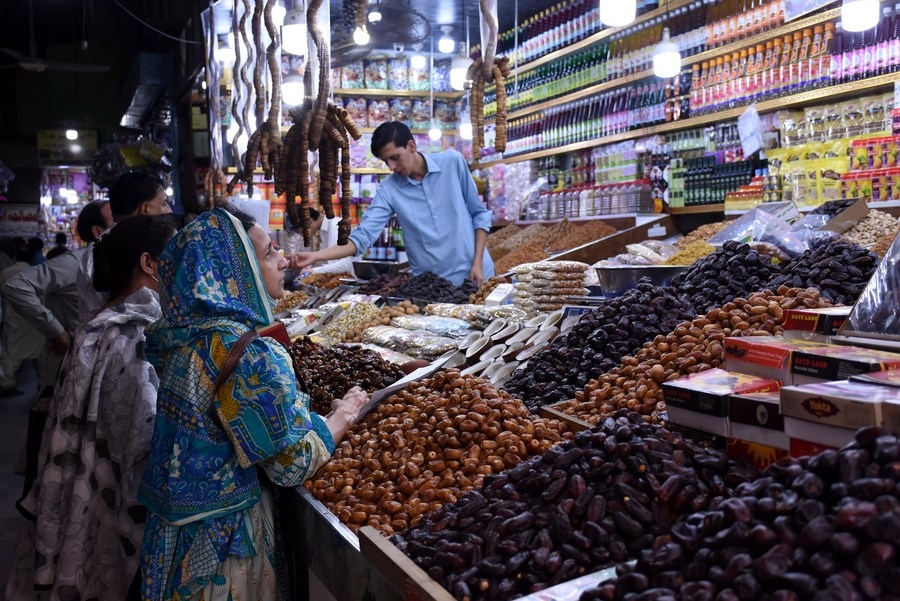Data further showed that the month-on-month inflation rate slowed down to 0.5 per cent in December…reports Asian Lite News
Pakistan’s consumer price index (CPI), a main gauge of inflation, rose 24.5 per cent in December 2022 as compared to the same month a year ago when it was recorded at 12.28 per cent, the Pakistan Bureau of Statistics (PBS) said.
Despite a slight increase of 0.7 per cent in the index movement, the majority of the consumer goods remained out of the people’s reach.
The inflation rate, however, was not in line with the Ministry of Finance’s expectations, which ranged from 21 per cent to 23 per cent, reported Geo News.
Data further showed that the month-on-month inflation rate slowed down to 0.5 per cent in December.
The reason behind a slight increase in the inflation rate was an uptick in the rate of increase in perishable food items.
Samiullah Tariq, Pakistan-Kuwait Investment Company Head of Research, told Geo News that inflation has been high due to the impact of higher international commodity prices on the back of the Ukraine war, damage to crops due to floods and rupee depreciation.
“Inflation would become lower post-June 2023 when the impact of adjustments dilutes,” he predicted.
Meanwhile, food inflation surged by 32.7 per cent in cities and 37.9 per cent in villages/towns last month, respectively, showed the PBS data.
Prices of both perishable and non-perishable food products went up significantly compared to the same period last year, reported Geo News.
The food group prices surged by over one-fourth in December compared to the same month a year ago. But prices of perishable food items soared by 55.93 per cent, which still shows a significant demand and supply gap.
Prices of onions increased by 415 per cent compared to a year ago followed by a 64 per cent increase in rates of tea and a 58 per cent rise in that of wheat.
Vegetable ghee and cooking oil prices surged up to 32 per cent, milk fresh 26 per cent and rice 47 per cent, according to the PBS.
Prices of the alcoholic beverages and tobacco group soared by 35 per cent while those of the clothing and footwear group surged by 17.22 per cent.
Core inflation, which is calculated after excluding the volatile energy and food prices, increased in December to 14.7 per cent in urban areas and 19 per cent in rural areas, reported Geo News.
The non-food inflation rate was 14.8 per cent in cities and 20.7 per cent in villages. Prices of housing, water, electricity and gas fuels group were higher by nearly 7 per cent.
The transport group saw a price hike of 42 per cent, according to PBS. Petroleum prices witnessed a record-high increase in 2022, going up almost 60 per cent, which was the highest increase in a year.
For the July-December period of the current fiscal year, average inflation came in at 25.02 per cent, which was nearly three-fold compared to 9.81 per cent in the same period of the last fiscal year 2021-22.
Economist Sana Tawfiq, while speaking to Geo News said that a continuous increase in core inflation was a “major concern”. (ANI)

